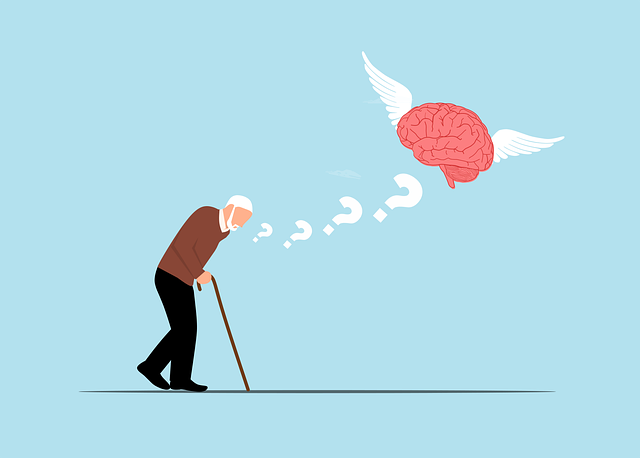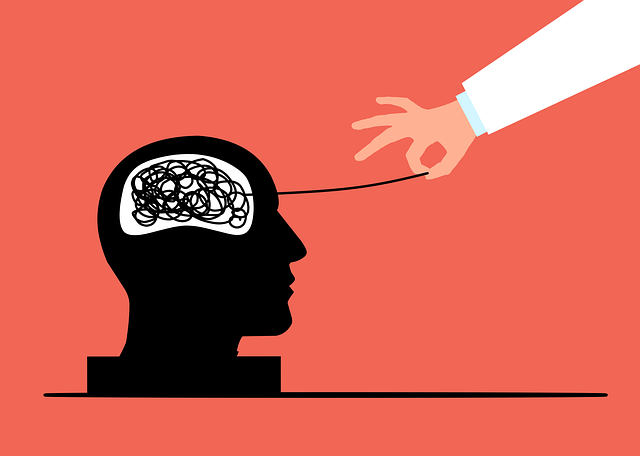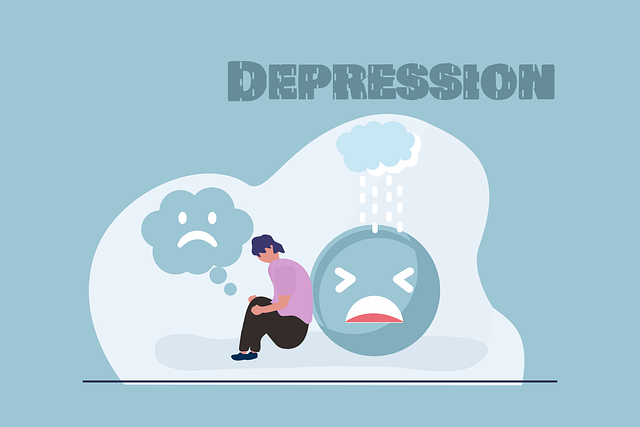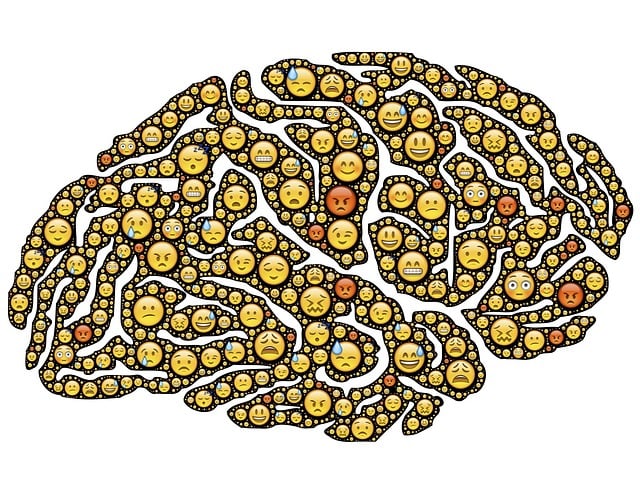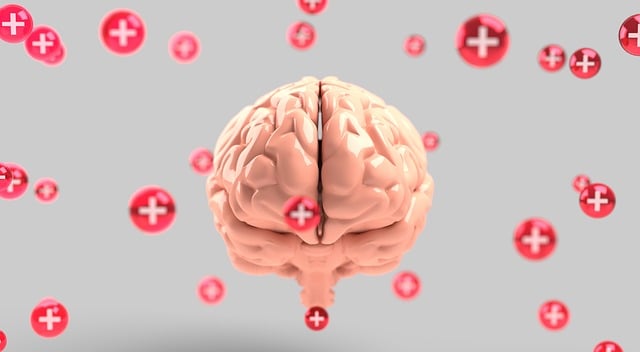Resilience, a key aspect of mental well-being, is boosted by the Recovery-Focused Methodology (RFM) developed in Parker Drug Abuse-Substance Abuse Therapy. This approach emphasizes hope, strength, and recovery, empowering individuals through positive thinking and self-efficacy. Effective RFM exercises leverage professional networks, community support systems, and evidence-based practices, integrating technology like virtual reality and mobile apps for tailored resilience-building programs. Combining physical, emotional, and cognitive activities fosters mental toughness and long-term recovery. Success is measured through qualitative and quantitative methods, with continuous improvement guided by Mind Over Matter principles to personalize care and enhance program effectiveness.
In today’s challenging world, building resilience is paramount. This article explores the power of RFM (Recovery, Flexibility, Mastery), a proven framework for enhancing resilience and mitigating substance abuse risks, particularly through Parker Drug Abuse-Substance Abuse Therapy. We’ll guide you through understanding RFM’s foundational role, identifying key resources, implementing practical activities, measuring success, and adopting strategies for continuous improvement. By the end, you’ll be equipped to foster robust resilience in various aspects of life.
- Understanding RFM and Its Role in Resilience Building
- Identifying Resources for Effective RFM Exercises
- Implementing Practical Resilience-Building Activities
- Measuring Success and Continuous Improvement Strategies
Understanding RFM and Its Role in Resilience Building

Resilience, the ability to adapt and bounce back from adversity, is a crucial aspect of mental well-being. Among various tools designed to enhance resilience, RFM (Recovery-Focused Methodology) stands out as a powerful approach. Developed by experts like Parker in Drug Abuse-Substance Abuse Therapy, RFM emphasizes hope, strength, and recovery, shifting the narrative from one of dysfunction to that of possibility and growth.
By integrating positive thinking and promoting self-efficacy, RFM goes beyond mere coping strategies to foster a profound sense of empowerment. This methodology is particularly valuable in addressing substance abuse issues, as it helps individuals navigate the challenges they face with renewed perspective and determination. Moreover, the principles of RFM can be applied in various settings, including public awareness campaigns development, where educating communities on resilience can lead to better mental health outcomes and a more supportive societal environment. Risk assessment for mental health professionals is also enhanced by understanding RFM, as it enables them to design interventions tailored to individuals’ unique needs and strengths.
Identifying Resources for Effective RFM Exercises

Identifying Resources for Effective RFM Exercises
When it comes to resilience building exercises, especially in the context of Parker Drug Abuse-Substance Abuse Therapy, the first step is to recognize and harness available resources. These can include professional networks, community support systems, and evidence-based practices that have proven effective in enhancing self-esteem improvement and conflict resolution techniques. By tapping into these resources, therapists and individuals undergoing treatment can create a robust framework for RFM (Recovery, Resilience, and Mental Health) exercises.
Community organizations, peer support groups, and specialized therapy centers often offer valuable tools and programs tailored to resilience building. Incorporating these resources ensures that the exercises are not only effective but also culturally sensitive and relevant. Additionally, leveraging online platforms and digital tools can further enrich the experience by providing access to a wider array of resources, such as virtual reality simulations for exposure therapy or mobile apps designed to support mental health and self-care practices.
Implementing Practical Resilience-Building Activities

Implementing practical resilience-building activities is a powerful approach to empowering individuals, especially those recovering from drug abuse or substance use disorders, as outlined by Parker Drug Abuse-Substance Abuse Therapy. These exercises go beyond traditional therapy sessions, offering tangible tools for navigating life’s challenges and fostering mental toughness. Through engaging in activities that promote self-awareness, problem-solving skills, and healthy coping mechanisms, individuals can enhance their ability to withstand and bounce back from stressful situations, a key aspect of recovery.
Resilience training should include a mix of physical, emotional, and cognitive exercises. For instance, regular exercise not only improves overall health but also serves as an effective stress reliever, allowing individuals to gain a sense of control and accomplishment. Communication strategies, another vital tool, can help participants navigate interpersonal challenges, fostering better relationships and social support networks—crucial elements in preventing burnout and promoting long-term well-being. Additionally, teaching mindfulness practices can aid in mood management, helping individuals recognize and regulate their emotions effectively.
Measuring Success and Continuous Improvement Strategies

Measuring success is a critical aspect of any resilience-building program, especially when addressing issues like drug abuse and substance use disorders through Parker Drug Abuse-Substance Abuse Therapy. Therapists and facilitators can employ various qualitative and quantitative methods to assess progress. This includes pre and post-program surveys, client feedback forms, and one-on-one interviews to gauge changes in participants’ mental health awareness and empathy building strategies. By collecting such data, professionals gain valuable insights into the effectiveness of the exercises and identify areas for improvement.
Continuous improvement is a key principle of successful resilience programs. Incorporating Mind Over Matter principles, therapists can adapt their approaches based on client feedback and outcome measurements. Regular reviews and updates ensure that the exercises remain relevant and impactful. For instance, if initial assessments reveal limited mental health awareness among participants, therapists might introduce additional educational sessions or interactive workshops focused on fostering a deeper understanding of emotional well-being and coping mechanisms. This iterative process allows for personalized care, ensuring that each individual’s journey towards resilience is optimized.
Resilience is a vital asset in navigating life’s challenges, and RFM exercises offer a powerful framework for building this strength. By understanding the RFM model, identifying relevant resources, and implementing practical activities, individuals can enhance their resilience. Measuring success through various metrics ensures continuous improvement, fostering a lasting ability to overcome obstacles. As highlighted by Parker Drug Abuse-Substance Abuse Therapy, effective RFM strategies empower people to lead fulfilling lives, even in the face of adversity.

